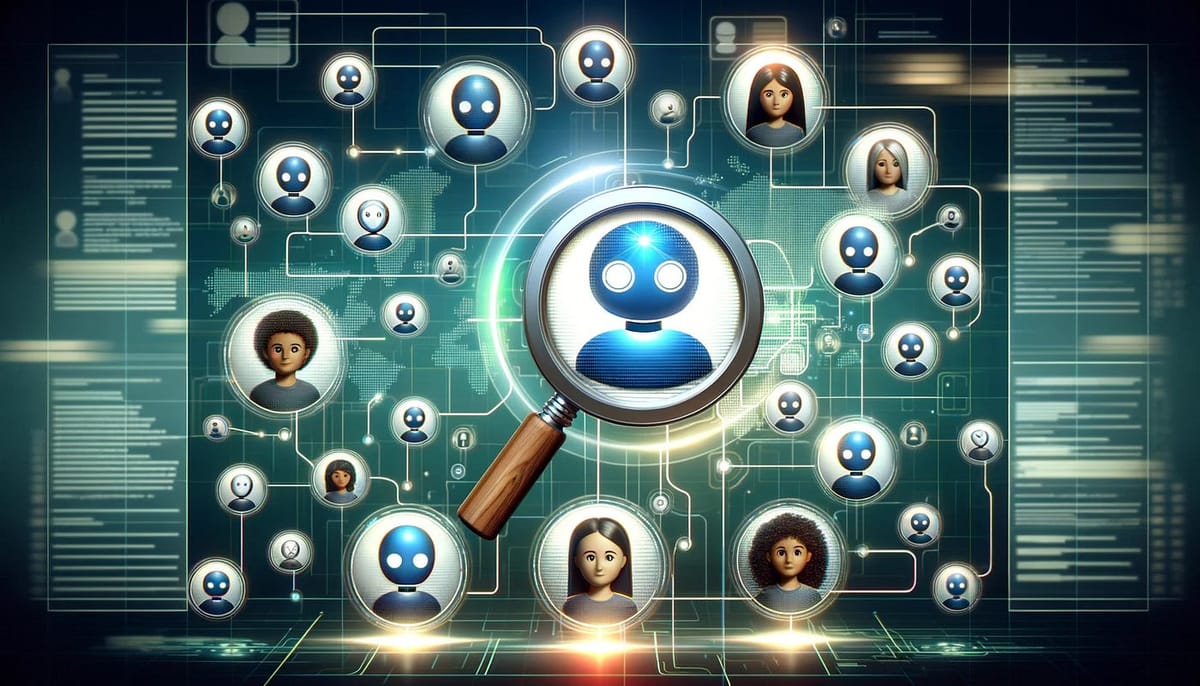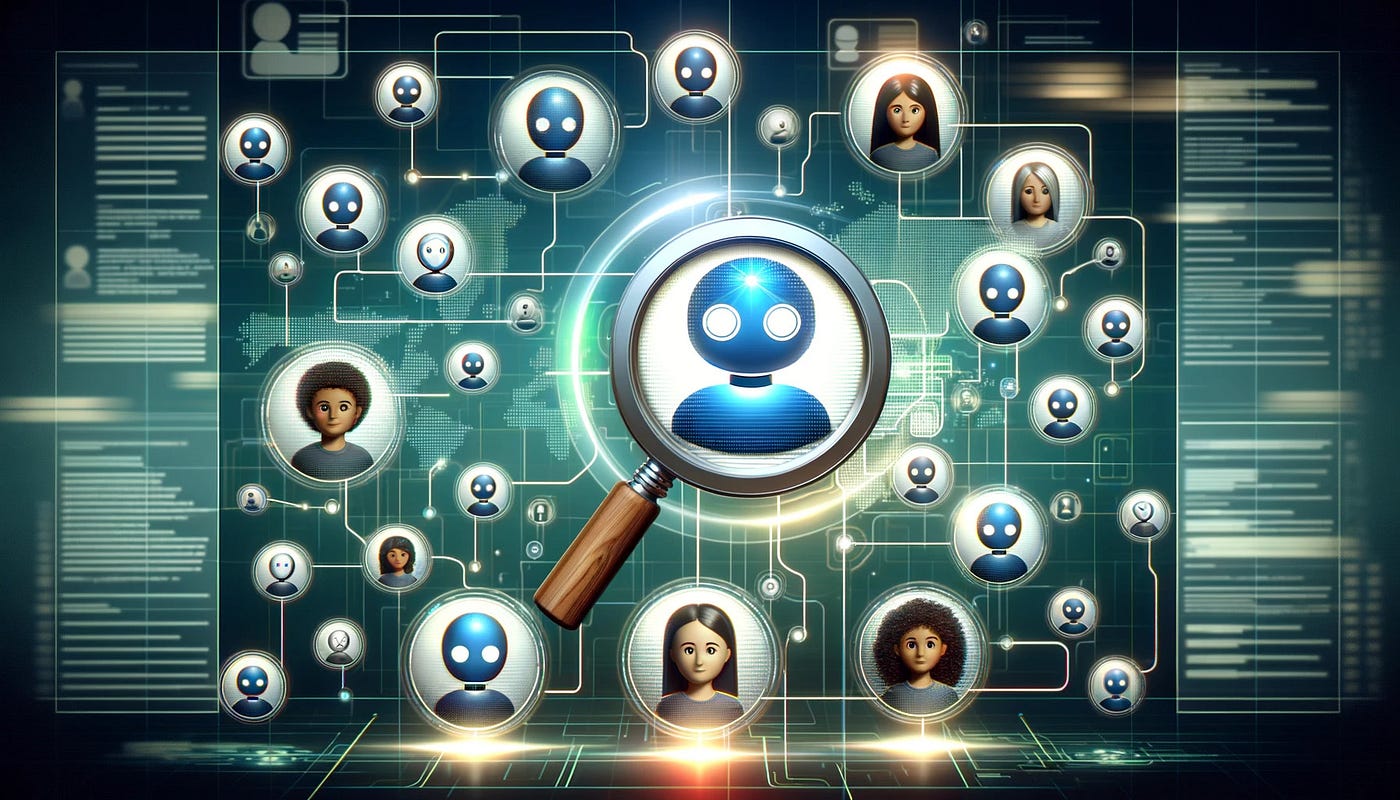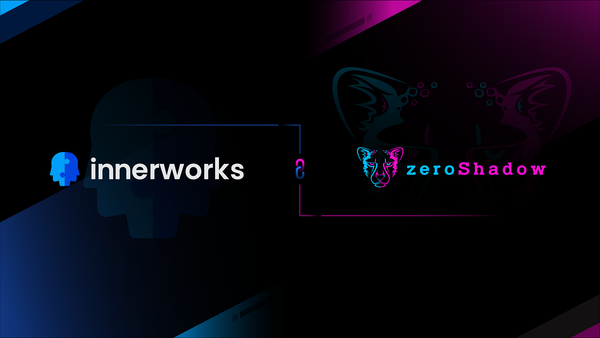2024 Bot Detection Market Trends: The Shifting Landscape and Industry Insights.

The bot detection market is accelerating rapidly, projected to grow from $0.58 billion in 2023 to $1.75 billion by 2028, reflecting a CAGR of 24.8% (Mordor Intelligence) (Cognitive Market Research). This surge is driven by the increasingly sophisticated nature of bot attacks and the critical need for more robust defences across sectors like e-commerce, finance, and media. As bots evolve, businesses must prioritise more dynamic and adaptive solutions to stay secure in the face of ever-changing threats.

Where Are Bots Attacking the Most? Industry-Specific Risks in Focus
As bot traffic continues to account for a significant portion of online interactions, different industries are dealing with their own unique sets of challenges.
1. E-commerce: Facing a Wave of Malicious Traffic
In the e-commerce sector, bots are responsible for up to 65% of total web traffic, engaging in activities like card testing (where stolen credit cards are tested en masse) and scraping, leading to huge financial losses. Scraping attacks, which harvest product pricing and customer data, saw a 400% increase in the first half of 2023 (Arkose Labs). As businesses fight back, human fraud farms — using cheap labour to bypass security — rose by 26% in Q3 2023 (Arkose Labs).
2. Finance: The Surge in Account Takeovers (ATO)
Financial institutions have seen a 123% spike in ATO attacks as bots increasingly target account logins to steal credentials and drain accounts. APIs are another significant weak point, accounting for 30% of automated attacks (Reuters). Adding to the complexity, hybrid bots that mix automated scripts with human inputs are enabling the rapid creation of synthetic identities and fraudulent accounts, making detection more difficult.
3. Media & Entertainment: The Ad Fraud Epidemic
In the media sector, bots are wreaking havoc on digital advertising by artificially inflating impressions and clicks. With ad budgets wasted and data stolen, scraping has become a primary issue, with bots harvesting content for resale or use in spamming campaigns (Imperva) (Mordor Intelligence). The increasing value of digital content has made this sector one of the fastest-growing targets for bot attacks.
4. Travel & Hospitality: Pricing Manipulation and Strategic Blocking
Travel platforms are especially vulnerable to bots that scrape prices and book inventory strategically, blocking real customers and distorting availability. Bots create fake accounts to hold reservations or take advantage of promotional deals, often resulting in lost revenue and frustrated customers (Arkose Labs).
5. SaaS Platforms: The Silent War
SaaS providers are now frequent targets for account takeovers, client-side attacks, and fake account creation. Web scraping attacks rose 30% year-on-year, putting additional pressure on these platforms to bolster their defences as they are increasingly relied upon by businesses across all sectors (Arkose Labs).

What’s Driving This Growth?
The rapid evolution of bots is largely fueled by advancements in AI and cloud-native technologies. Modern bot detection systems are now leveraging machine learning models that can detect increasingly human-like behaviour.
Global Trends: Regional Differences in Bot Detection
Bot attacks are rising globally, with distinct patterns across different regions. In the Asia-Pacific, rapid digitisation and the expansion of e-commerce have made the region a hotspot for automated threats. Industries like technology and travel are frequently targeted as businesses increasingly move online.
In Latin America, bot attacks have grown significantly, driven by the adoption of digital services and financial platforms. Countries like Brazil and Argentina have seen large-scale DDoS attacks aimed at financial services and e-commerce, highlighting the region’s vulnerabilities as it digitises rapidly.
Meanwhile, in Europe and the UK, the focus has been on mitigating sophisticated bot attacks targeting sectors such as finance, retail, and healthcare. The increasing use of credential stuffing and web scraping techniques demonstrates how attackers are continuously adapting to bypass existing defences.
Looking Ahead: The Future of Bot Detection
The future of bot detection lies in adaptability. As bots grow more sophisticated, integrating AI-powered behavioural analysis, biometric authentication, and multi-layered security systems will be crucial. This adaptive approach not only helps businesses stay ahead of evolving threats but also ensures that legitimate traffic flows smoothly, keeping customer experiences seamless.

With the bot detection market on a path to nearly tripling in size by 2028, businesses that invest early in comprehensive, AI-driven security solutions will be better positioned to fend off increasingly sophisticated automated attacks. The challenge is real, but so are the solutions, as the industry continues to innovate and evolve.
Innerworks has built a leading bot detection solution driven by behavioural biometric technology. No more complex CAPTCHA, no more out-dated solutions unable to keep up with innovation. Innerworks offers seamless, invisible and powerful data insights so that you can manage your bots, your way.
Get in touch to discuss how we can help uncover bots in your user base at info@innerworks.me
Article written by: Flora Park.




